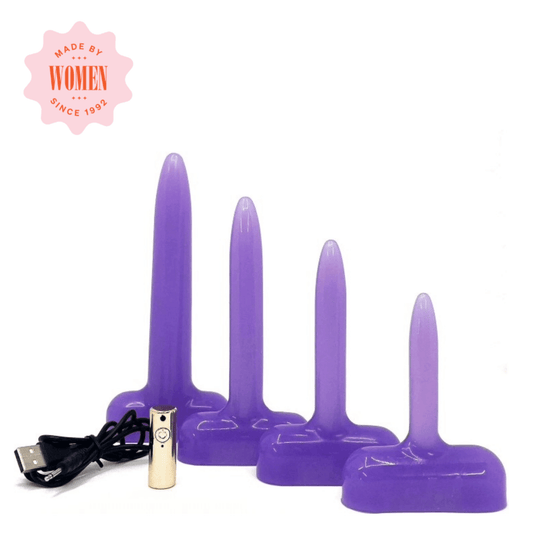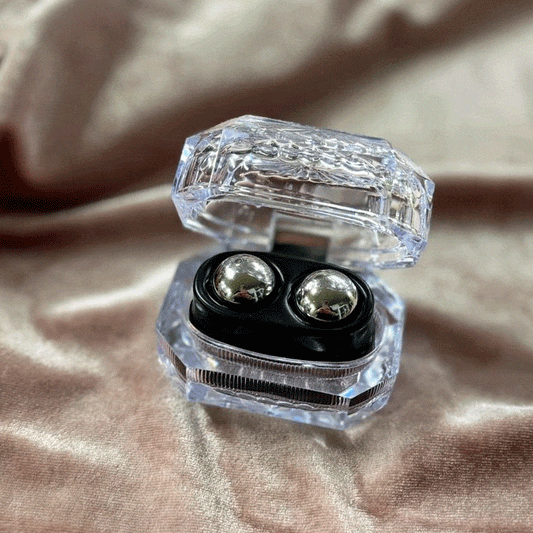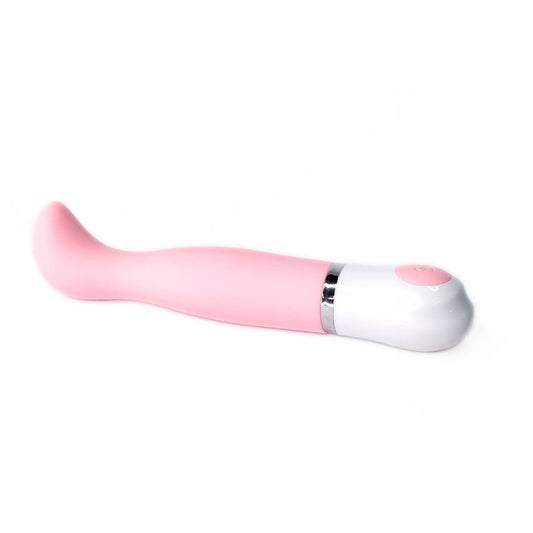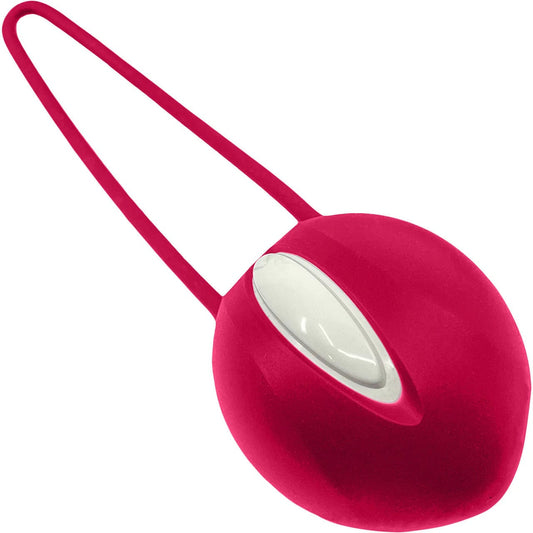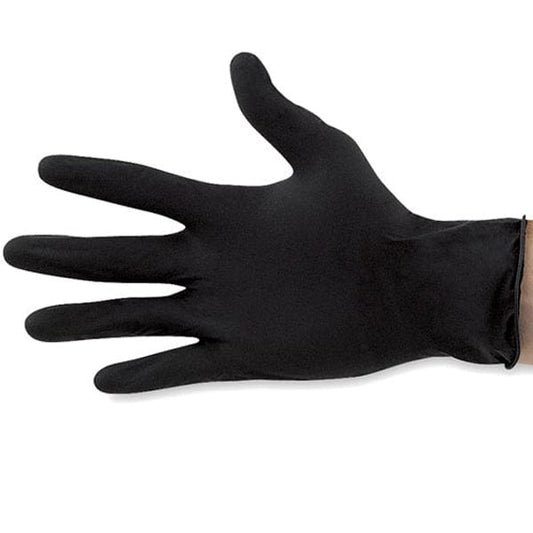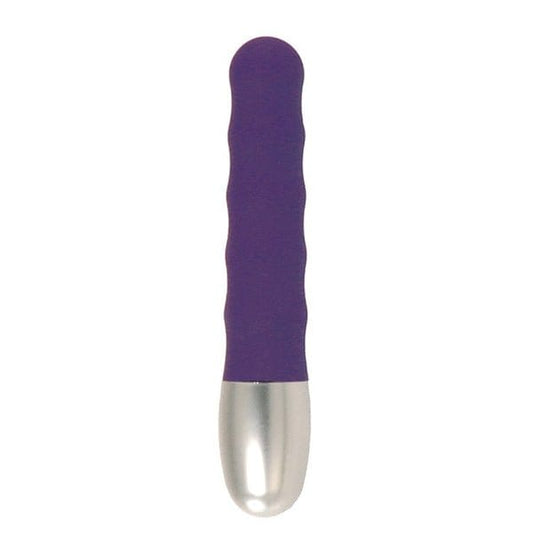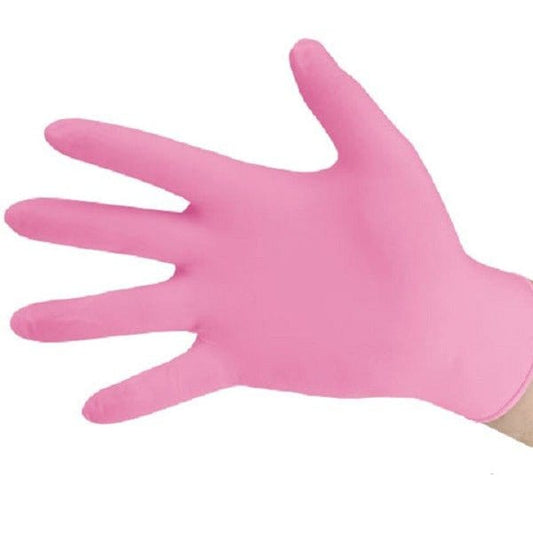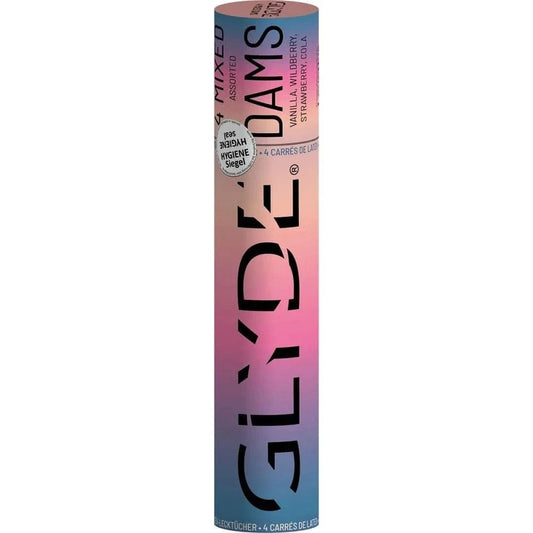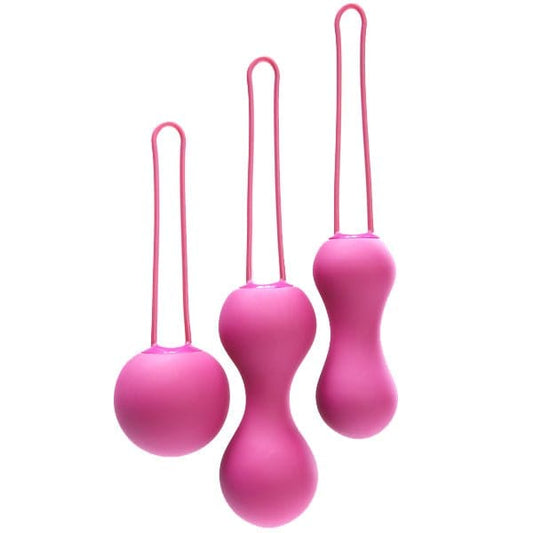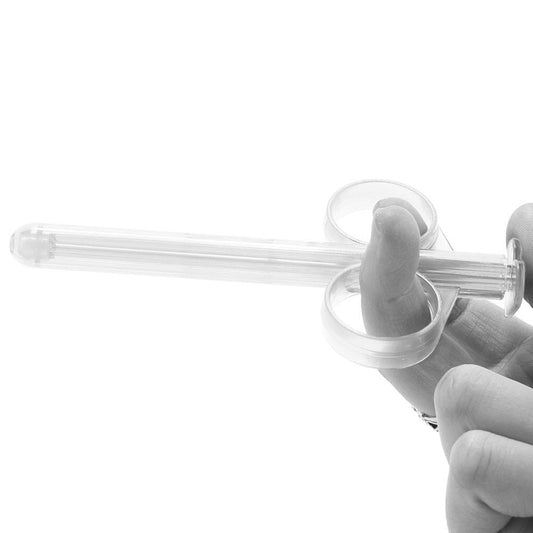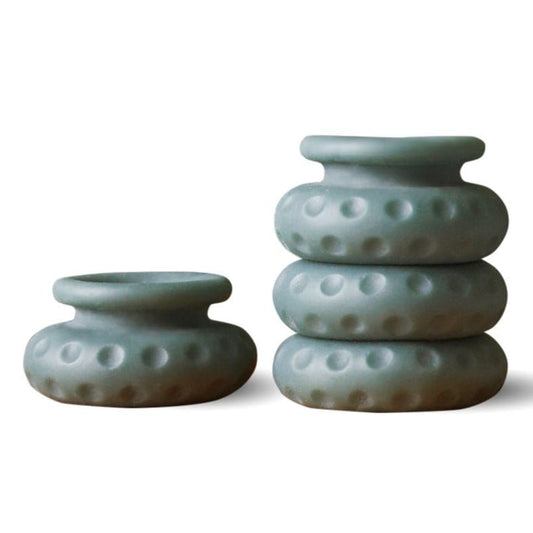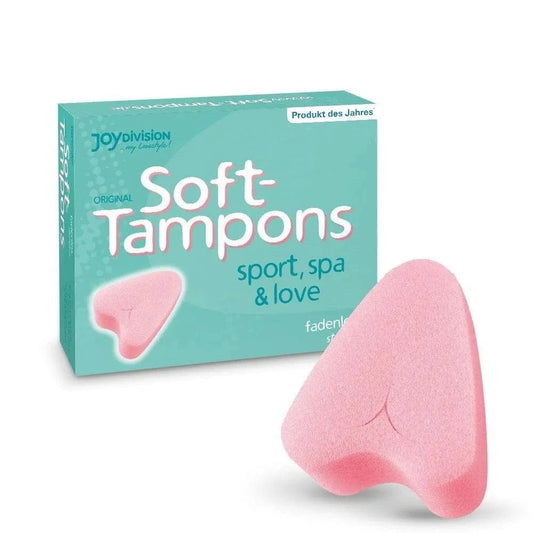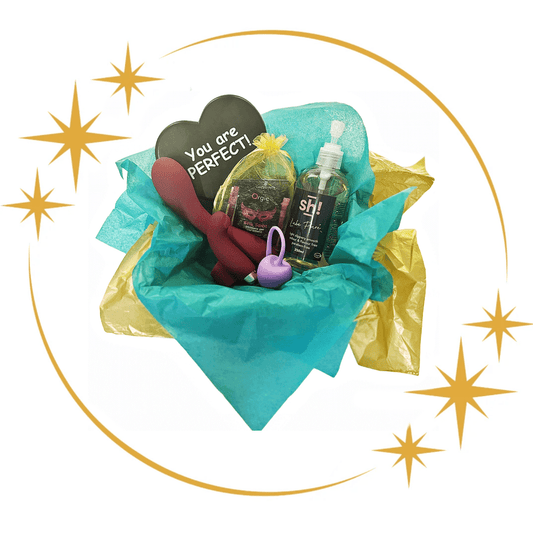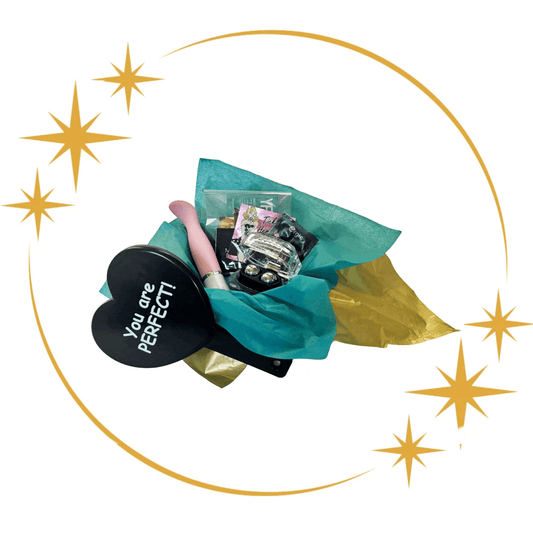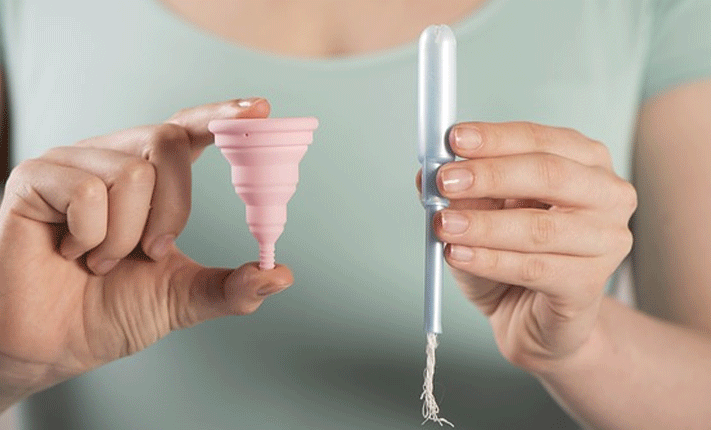What is Breast Cancer?
Breast cancer is a type of cancer that forms in the cells of the breasts. It occurs when abnormal cells in the breast grow and divide uncontrollably, forming a tumor. Breast cancer can affect both men and women, although it is much more common in women and vulva-owners.
Why is Breast Cancer Awareness Important?
Breast cancer is the most common cancer among women/vulva-owners worldwide. It is crucial to raise awareness about breast cancer to promote early detection, improve treatment outcomes, and provide support to those affected by the disease. By increasing awareness, we can empower individuals to take charge of their breast health and encourage regular screenings.
Signs and Symptoms
Early detection of breast cancer can significantly increase the chances of successful treatment. It is important to be aware of the following signs and symptoms:
- A lump or thickening in the breast or underarm area
- Changes in breast size or shape
- Swelling, redness, or warmth in the breast
- Nipple changes, such as inversion, discharge, or pain
- Skin dimpling or puckering
- Constant pain in the breast or armpit
Reducing the Risk
While some risk factors for breast cancer, such as age and family history, cannot be changed, there are lifestyle choices that can help reduce the risk:
- Maintain a healthy weight
- Exercise regularly
- Limit alcohol consumption
- Avoid smoking
Check Breasts or Chest Regularly
Checking your breast or chest regularly is super important. Breast cancer care has come on in leaps & bounds, but early detection is key.
You know your body better than anyone and may already have a breast/chest-checking routine. But in case you don't, here are some tips to help you spot any changes as soon as they occur.
Check your breasts or chest regularly and around the same time of the month.
A good time to check your breasts or chest is a few days after your period ends.
Hormone levels fluctuate, and you'll probably find that your breast tissue changes throughout the month. Breast tissue usually feels lumpier just before menstruation. By checking after your period, your breast won't be as swollen or tender.
Don't have periods? No problem. Check your breasts on the same day every month. Pick a day like the 1st of the month or payday - a date that's easy to remember.
It's still important to check your breasts or chest every month, even if you are pregnant or breastfeeding. If breastfeeding, try to examine after feeding or using a pump to make the experience as comfortable as possible.
How to Check Your Breasts or Chest
First, check your breast or chest for visible signs.
Check in the mirror, arms by your sides and shoulders straight. Are your breasts or chest their usual shape, size and colour?
Look for any changes like soreness, rash, redness or swelling, skin dimpling or bulging or to the nipple (inverted or a discharge).
Check Breasts or Chest by Feeling Them
Position - Starting with your left breast. Lay on your back with your left hand under your head. Pop a pillow or something soft under your left shoulder.
Motion - Using your right hand, move around the breast or chest in small circular motions using the pads of your fingers.
Area - Start at the nipple working outwards in a circular pattern, or use an up & down pattern (like mowing a lawn), but ensure to cover the whole area. You need to check from the collarbone to the top of your tummy and from the armpit to the cleavage area.
Pressure - Use as much pressure as is comfortable for you. Generally, firmer is better, which, depending on the size and sensitivity of your breasts, will likely mean varying it from lighter around the center of your breast and nipple area to much firmer at your breastbone, rib cage and armpit.
Once you have finished checking your left side, repeat the process with your right one.
Tip - Checking in the shower or using a lubricant or massage oil will make it easier to examine your breasts or chest as there will be less resistance.
Don't Ignore Any Unusual Changes
Have you noticed any changes that don't disappear?
The sooner a lump or any changes are checked out (and treated, if necessary) by a Doctor, the better. Many lumps & bumps are found to be non-cancerous, so try not to panic. But - when it comes to your breasts or chest, it's better to be on the safe side.
-
Breast cancer checking tips: Breast Cancer UK
-
Breast cancer information: Breast Cancer Now
-
Coppafeel have a self-checkout complete with video: Here



